
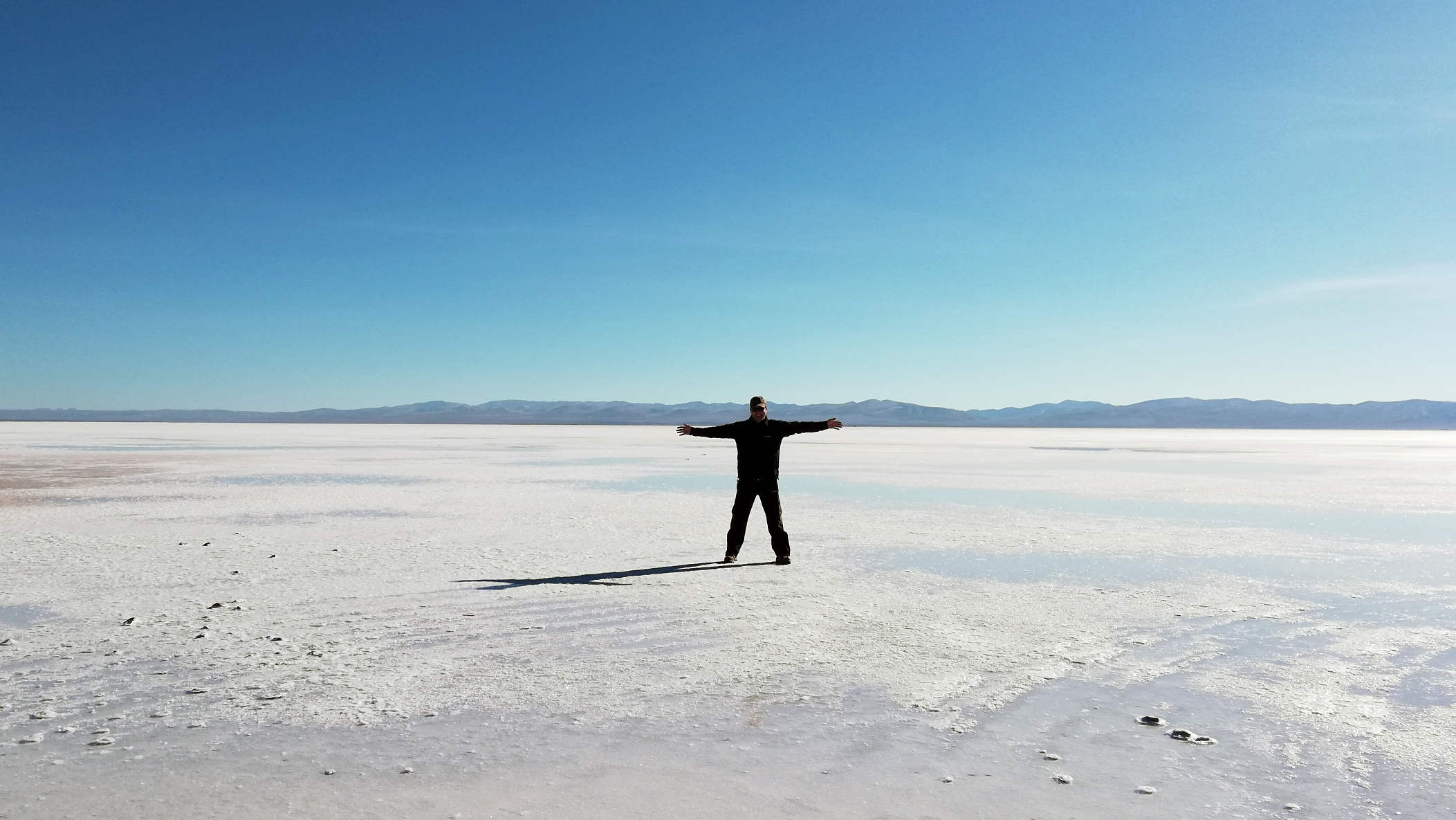


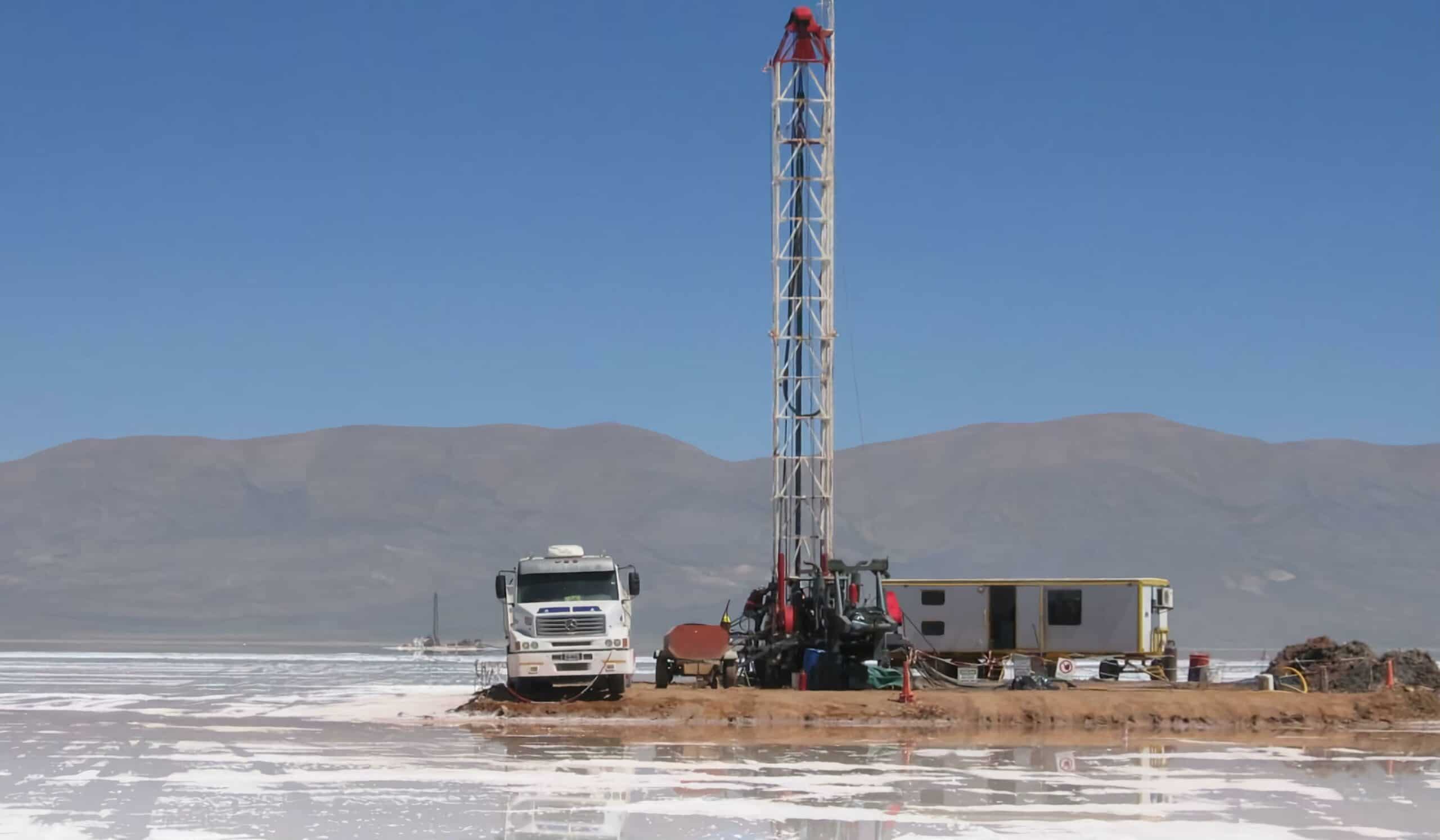
Austin, Texas, August 23, 2023— Zelandez, the leading global provider of services to the lithium brine industry, today announced the availability of its new specialized lithium brine reinjection service. The innovative new service, believed to be an industry first, combines hydrochemistry with traditional reinjection techniques used extensively in the oil and gas market and deployed in lithium mines.
The tailored service will provide lithium brine extractors with a full characterization of their reservoirs and optimize the location of injector wells and producer wells. It also includes the design of a reinjection plan that maintains aquifer pressure, ensures the production of preferred brines, whilst also protecting freshwater assets.
The global demand for sustainable sources of lithium has created a race to develop “Direct Lithium Extraction” technologies (DLE). This is typically used by lithium brine extractors to separate lithium from the salty water held in oil and gas reservoirs and in underground brine aquifers. However, the challenge is that when DLE is used, the lithium producer is left with a lot of depleted brine that must go somewhere and underground reinjection is the obvious solution.
“The impetus behind the development of our specialized lithium brine reinjection service is that the normal methods of reinjection, historically used in the oil and gas industry and borrowed by the lithium industry, are simply not delivering the desired results. We all know that oil doesn’t mix with water and depleted lithium brine is miscible with the underlying asset,” says Gene Morgan, CEO of Zelandez.
During Zelandez’s research and development process, the importance of integrating hydrochemistry into traditional reinjection techniques became very apparent. “This process totally changes the aquifer management plan and enhances protection of freshwater water assets. Our new service takes the lithium brine sector significantly closer to true mastery of the subsurface. So much so, that in the lithium brine market we feel that it really shouldn’t even be called “reinjection.” It’s much more accurate to call what we are doing ‘Brine Recycling,’” says Morgan.
Commenting on Zelandez’s approach, Lee Ann Munk, Geochemical Modelling Lead at Zelandez says, “As the demand for lithium increases, there will be significant attention focused on how lithium brine extractors can effectively manage their byproducts and wastewater. We believe our methodology is groundbreaking and will change the way the industry tackles a challenge that no lithium brine extraction company has managed to adequately resolve – ‘what do you do with depleted brine?’”
Zelandez’s lithium brine reinjection service will enable lithium brine extractors to achieve enhanced levels of environmental stewardship, mining productivity, and resource and risk management.
Zelandez recently entered the North American market. Its US expansion was driven by key issues impacting the US domestic lithium mining industry. The company’s client base includes industry giants such as Rio Tinto, Albemarle, and Allkem. It holds a dominant position as the world’s provider of lithium brinefield services.
Kerry McCallum
August 23, 2023
Press
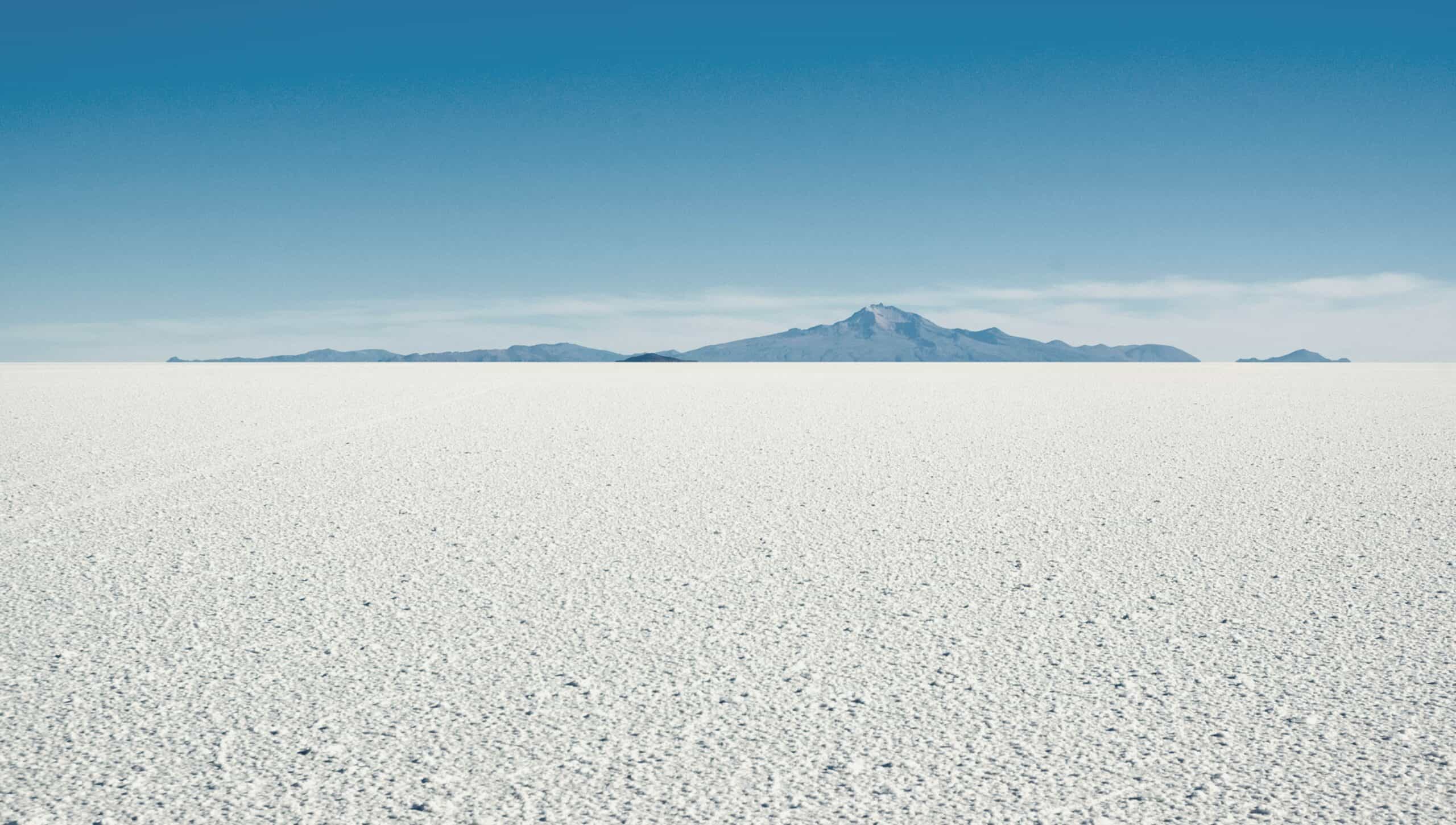
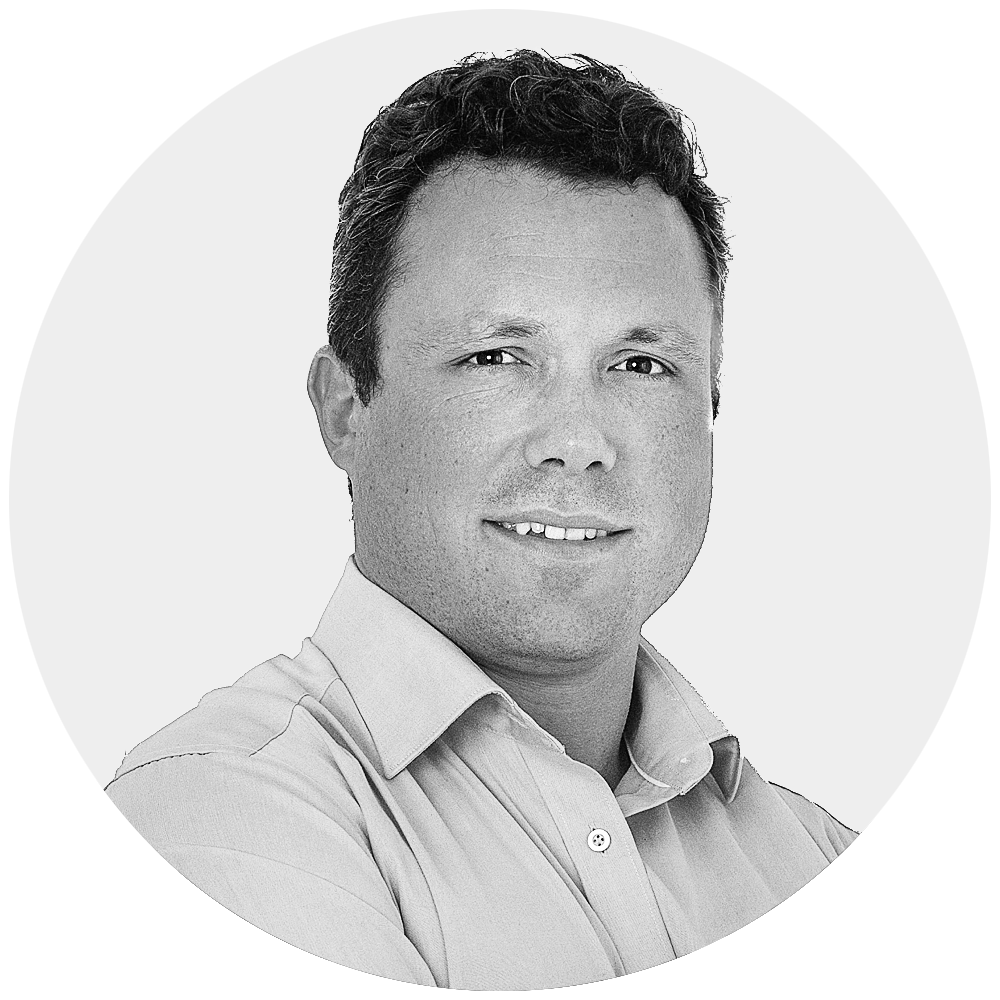
Already serving the majority of the world’s lithium brine industry, the company will now offer its cutting-edge subsurface sensors, exploration, and extraction solutions to American and Canadian lithium mines, enabling them to develop their brine resources more efficiently. Zelandez holds a commanding presence in the world’s top lithium markets of Argentina, Bolivia, and Chile, where it serves over 30 lithium mining companies.
Zelandez’s expansion is driven by several factors impacting the domestic lithium mining industry. These include the need for modernization and upgrades in existing US lithium mines; the growing demand for lithium batteries in the United States, projected to be worth $55 billion per year by 2030; the lack of a significant domestic lithium battery supply chain; the US’s reliance on foreign lithium battery suppliers; and the Inflation Reduction Act of 2022.
Gene Morgan, CEO of Zelandez, says, “It’s time to upgrade lithium production in North America. The challenge of US lithium supply constraints presents an enormous opportunity for our bespoke lithium technology and solutions. Our extensive experience serving lithium mining companies in the South American lithium triangle places us in an ideal position to make a significant contribution to the North American lithium industry. This is critical for the world’s energy transition. We are optimistic for the North American market this decade.”
Unlike many of its competitors that provide lithium miners with one-dimensional data, Zelandez sets itself apart with specialist lithium technology that delivers comprehensive geophysical data analysis and interpretation. “Our competitors offer raw data often from equipment not designed for lithium, leaving clients with the difficult task of deciphering the information,” says Morgan. “Our specialized lithium technology provides actionable insights that clients can implement immediately. It’s important that the US lithium miners are provided with reliable information. This will facilitate the streamlining of the U.S lithium supply chain from extraction to manufacturing.”
Zelandez’s client roster includes industry giants such as Rio Tinto, Albemarle, and Allkem. Its North American headquarters are located in Austin, Texas.
Zelandez specializes in lithium brine exploration and extraction technology that enhances mining operations. Utilizing advanced geophysical technologies, such as borehole magnetic resonance, and expert geoscience knowledge, the company provides critical subsurface insights. Its range of services include aquifer characterization and testing, spent brine reinjection strategies, well diagnostics and recovery, exploration and development services, below-ground and above-ground sensors, and evaporation pond monitoring solutions.
View original article here
Shannon Smith
June 8, 2023
Press
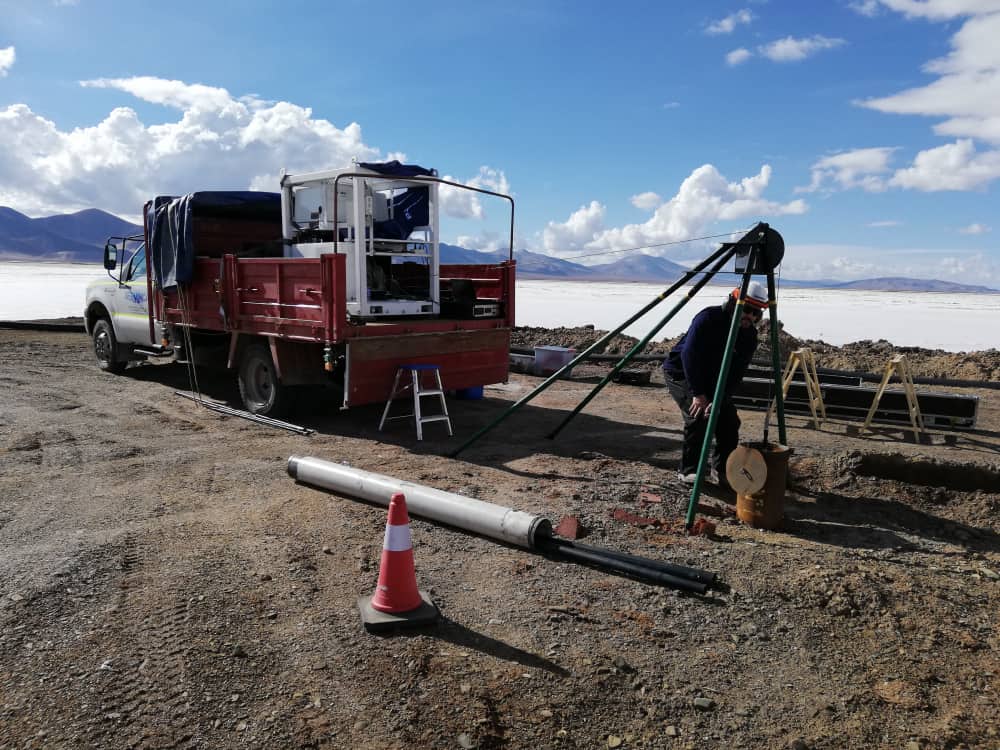
Whether it be a junior exploration company or a major producer, there are a couple of geological numbers that are essential for any Lithium brine venture. How much Lithium brine is available underground and how free it is to move, is information that could make or break a project.
Porosity tells us how much water a rock or soil can retain. Porosity is represented as a percentage. It is a very heterogeneous property. The range of values can vary from a few porosity units in old rocks to more than 50% in unconsolidated sediments and organic matter. The same bed or sediment layer will experience changes in total porosity and porosity network laterally as a result of the several factors related to sediment deposition and early diagenesis.
Permeability, on the other hand, is a measure of how easily water can travel through porous soil or bedrock. For a rock or halite to be permeable and for water to move through it, the pore spaces between the grains in the rock must be connected. Permeability is therefore a measure of the ability of a fluid to move through a substrate. Permeability is expressed in darcies or in fraction of a darcy. Hydraulic conductivity, which is closely related to permeability, is the measure of the ease with which water will pass through a substrate; defined as the rate of flow of water through a cross-section of one square metre under a unit hydraulic gradient at right angles to the direction of flow per unit of time (m/d).
Soil and loose sediments, such as sand and gravel, are porous and permeable. They can hold a lot of water, and it flows easily through them. Although clays are porous and can hold a lot of water, the pores in these fine-grained materials are so small that water flows very slowly through them. Clay has very low permeability, and for practical purposes they are usually considered as non-permeable.
So an exploration company or a production company is really interested in these concepts, as these will determine how much Lithium brine they will be able to extract from their resource.
Now every brinefield is different. In the Lithium Triangle, targets are associated with recent Salt Flats or “Salars”. They are mostly filled by a combination of lacustrine, fluvial and alluvial sediments but volcanic and volcaniclastic deposits are not uncommon. These sediment/rock properties are heterogeneous, vertically and laterally, making every salar unique, with different mixtures of sands, silts, clays, gravels, ash levels and other fallout deposits, ignimbrites and different evaporates. Lithium brine deposits are found at different depths throughout these deposits, with varying concentrations of brine at different levels. Above the brine, there are often sediments containing fresh water, being evident in on the surface by the abundance of plant and bird life.
It is essential to be able to know exactly where to place the filters on the production wells, and it is of upmost importance to avoid cross-contamination between brine and freshwater; firstly, for ecological reasons, but also for commercial reasons, as dilution of the brine is not desired at all. Identifying the most permeable layers and avoiding fresh water are essential to determine at what levels the filters are placed at. In order to make this determination, a selection of different technologies is currently employed across the “Lithium Triangle,” an area at the intersection of Argentina, Bolivia, and Chile where the world’s most abundant lithium brine deposits are found.
The methods that are usually used in the brinefield to attempt to measure porosity and permeability, are almost identical to the methods that have been used for many years in the water well industry.
Relative Brine Release Capacity is a test method that involves applying a vacuum to a group of saturated samples. These samples have been taken from the wells at certain depths, and are sent to certified laboratories. The amount of brine produced in response to the vacuum, referred to as the “relative brine release capacity” (RBRC), provides a basis for comparison of the amount of brine produced from different samples. The RBRC is related to the specific yield of a material, which is principally a function of material texture.
Principal problems associated with this method are the time it takes to send the samples to the lab and process the results, as well as the question as to how representative these samples really are of the true in-situ permeability, as a small amount of disturbance always happens during extraction and transport. In-situ methods are preferable in many ways, as the effects of manipulation and transport are removed.
A pumping test involves a well being pumped at a controlled rate and water-level response (drawdown) is measured in one or more surrounding observation wells and optionally in the pumped well (control well) itself; response data from pumping tests are used to estimate the hydraulic properties of aquifers, evaluate well performance and identify aquifer boundaries. “Aquifer performance test” (APT) and “drawdown test” are alternate designations for a pumping test.
A pumping test will give you general well properties, however, it will not give you much information about specific layers in the lithology. This is where packer testing is more useful.
The packer test has been used for many years as a simple method of assessing the hydraulic conductivity of a limited section of a borehole. Packer tests isolate specific sections of soil or bedrock by lowering and inflating the packer in the borehole. Samples can be collected and aquifer tests can be conducted. These tests allow understanding of the vertical distribution of brine quality and hydraulic conductivity. Packer tests consist of measuring the rate of flow and/ or pressure build-up/decay in the test interval over a period of time.
One of the most important aspects of the packer testing, however, is knowing exactly at what depth to carry out the test so as to get the most representative results. This is where new technology comes in to play.
Advanced technology is beginning to make its debut in the Lithium Triangle, in the form of borehole magnetic resonance tools run by Zelandez. The concepts have been taken from the “oilfield” and have been recently adapted and miniaturized for the “brinefield”, bringing an array of hi-tech instruments into the brine sector.
While Borehole Magnetic Resonance has been used routinely in the oil and gas industry for decades, uptake by other industries was hindered by tool size and cost of the logging service. This capability gap has been addressed through the development of an advanced, miniaturised, slim Borehole Magnetic Resonance (BMR) logging tool.
Borehole Magnetic Resonance (BMR) is a unique measurement that responds to both the volumes of fluids present in a rock, and the distribution of those fluids as a function of pore geometry.
In much the same way as Magnetic Resonance Imaging (MRI) is used to interrogate the interior structure of the human body, the BMR tool generates signals that are processed to characterize the pore structure of rocks. The BMR tool is specifically tuned to sense pore network fluids only, enabling precise determination of rock total porosity below the water table and the moisture content in the vadose zone, free fluid content (specific yield), bound fluid content (specific retention) and permeability (hydraulic conductivity). The BMR can also distinguish fluid types, with advanced analysis techniques.
As such, it is a powerful addition to any lithium brine formation characterisation, aimed at evaluating the storage and flow capacity of subsurface formations.
The Insight products developed by Zelandez gives mining companies major advantages, complementing their existing knowledge with state of the art logging tools and processing equipment, followed up with interpretation and analysis for each borehole. Final data is ready to use in record time, allowing our clients to make real operational decisions on filter location and future production and to directly use our data in their workflows.
The BMR gives real time high resolution (8cm) readings which are then sent for processing. Data interpretation is carried out, and the results are combined with other readings that Zelandez carries out in the well such as Spectral Gamma Ray, Dual Laterolog Formation Resistivity, Acoustic Televiewer and Fluid Temperature and Conductivity of borehole fluid. These readings are also combined with lithological columns and other information that the client may have, generating high value data insights.
This information is essential for reservoir calculations and the placement of filters. Target aquifers are easily identified by the outputs, enabling the client to make rapid decisions.
Pioneering brinefield services with the latest technology will assist you in making your project a success.
Shannon Smith
May 2, 2019
Uncategorized
Choose Zelandez for your lithium brine project